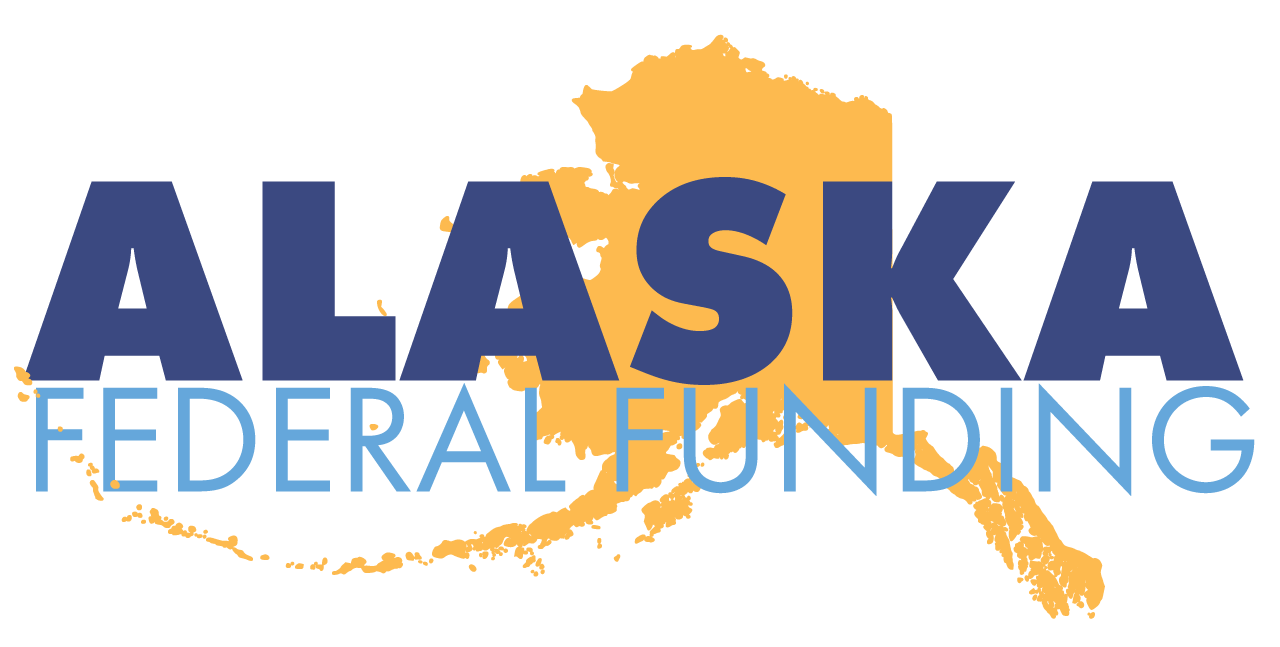Lost Revenue Calculator
Unlike the CARES Act funding that local governments received in 2020, ARPA funding can be used to replace lost revenue. Specifically, the law and Treasury guidance provides for an eligible expenditure to, “Provide government services affected by a revenue reduction resulting from COVID-19.”
There’s a methodology for determining what this amount should be, comparing their actual to a baseline adjusted for what could have been expected to occur in the absence of the pandemic. Recipients can presume that any decrease in revenue is due to the public health emergency; recipients don’t have to demonstrate impact. Upon receiving Coronavirus State and Local Fiscal Recovery Funds, recipients may immediately calculate the reduction in revenue that occurred in 2020 and deploy funds to address any shortfall. Importantly, once a shortfall in revenue is identified, recipients will have broad latitude to use this funding to support government services, up to this amount of lost revenue.
A borough, city, or tribe can all use this form below, as a tool to make this calculation.
The formula is pretty straightforward:
- Input your “baseline” revenues – this would be your revenue total for the last full fiscal year prior to Jan. 27, 2020.
- Multiply that by 4.1% (or your own average growth rate from 2015-18, if higher)
- You’ll arrive at what your revenues should have been
- Then you’ll input your actual revenues as of December 31, 2020 (or 2021, or 22, 23)
- The form will make a calculation based on the number of months between the baseline and the calculation date
- The difference is what is available for a recipient to utilize
What is “Revenue”?
General Revenue includes revenue from taxes, current charges, and miscellaneous general revenue.
- It excludes refunds and other correcting transactions, proceeds from issuance of debt or the sale of investments, agency or private trust transactions, and revenue generated by utilities and insurance trusts.
- General revenue also includes intergovernmental transfers between state and local governments, but excludes intergovernmental transfers from the Federal government, including Federal transfers made via a state to a locality pursuant to the CRF or the Fiscal Recovery Funds.
- Tribal governments may include all revenue from Tribal enterprises and gaming operations in the definition of General Revenue.
- Recipients should calculate revenue on an entity-wide basis. That means total revenue loss and not on a source-by-source basis.
- Beyond tax revenue and government transfers, examples of current charges that would be included in a state or local government’s general revenue from own sources: “Gross revenue of facilities operated by a government (swimming pools, recreational marinas and piers, golf courses, skating rinks, museums, zoos, etc.); auxiliary facilities in public recreation areas (camping areas, refreshment stands, gift shops, etc.); lease or use fees from stadiums, auditoriums, and community and convention centers; and rentals from concessions at such facilities.”
- Recipients are permitted to calculate the extent of reduction in revenue as of four points in time: December 31, 2020; December 31, 2021; December 31, 2022; and December 31, 2023.
